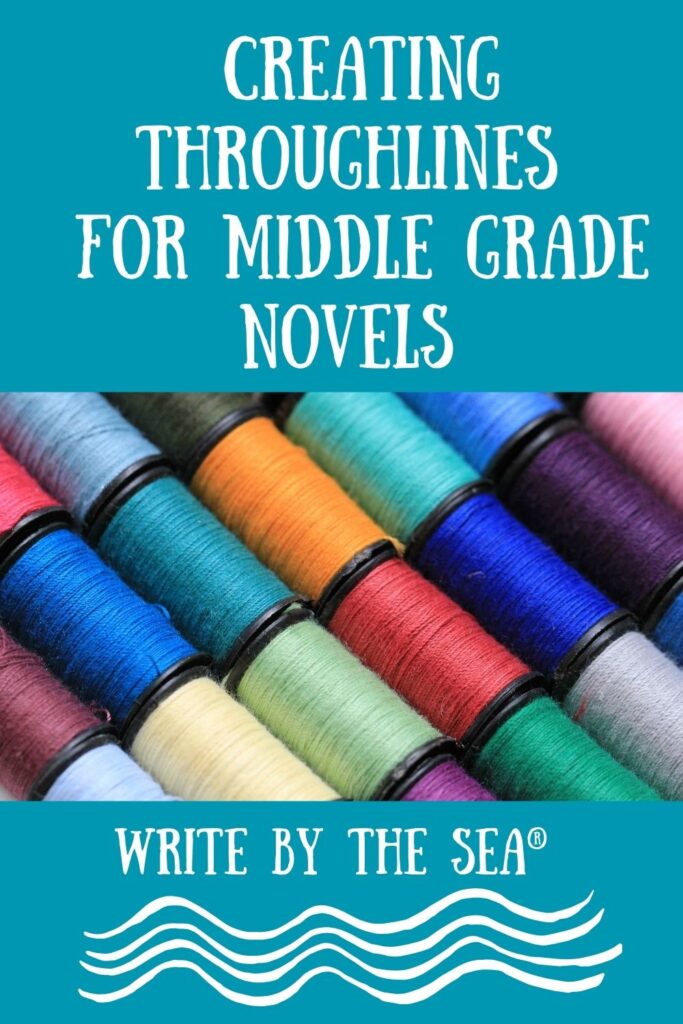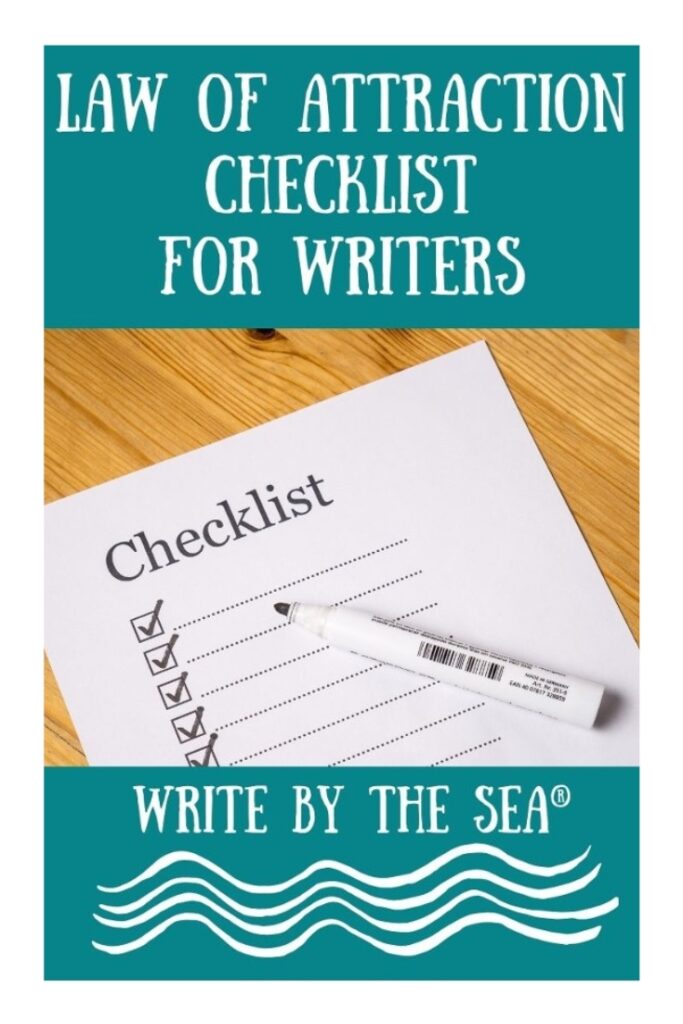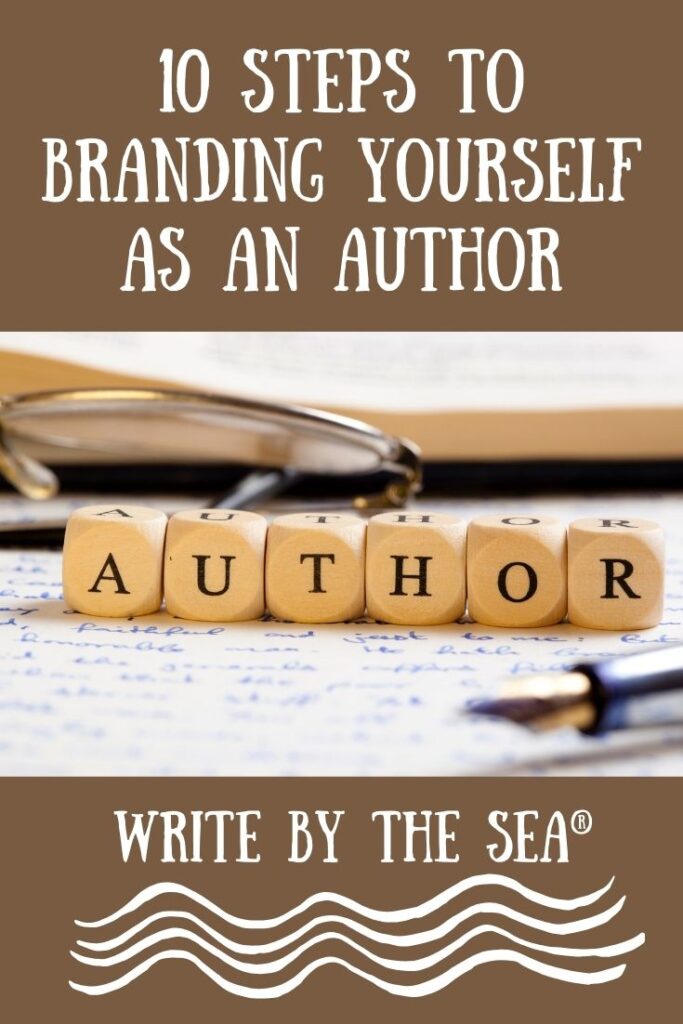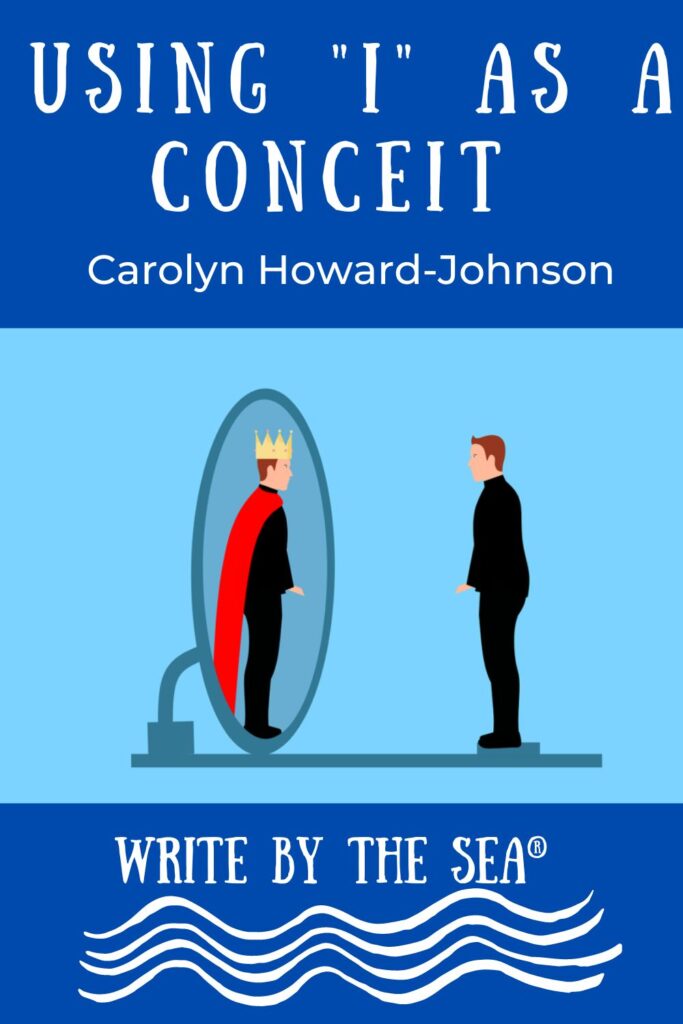
A throughline in any novel refers to the main thread or storyline that holds the various elements of the story together and gives it coherence and direction.
Essentially, the throughline is what makes the story feel like a unified whole rather than a series of disconnected events.
Here are Some Examples of Throughlines in Middle Grade Novels
Harry Potter and the Sorcerer’s Stone by J.K. Rowling
Throughline: Harry Potter, a seemingly ordinary boy, discovers he is a wizard and attends Hogwarts School of Witchcraft and Wizardry, where he must confront the dark wizard who killed his parents.
This throughline encompasses Harry’s journey from an ordinary life into a world of magic, focusing on his growth, the challenges he faces, and his fight against evil.
Percy Jackson & the Olympians: The Lightning Thief by Rick Riordan
Throughline: Percy Jackson discovers he is the son of Poseidon and is accused of stealing Zeus’s lightning bolt. He must embark on a quest to find the real thief and prevent a war among the gods.
The throughline focuses on Percy’s identity and quest, driving the narrative through a series of mythological adventures and self-discovery.
Charlotte’s Web by E.B. White
Throughline: A young pig named Wilbur forms a friendship with a spider named Charlotte, who tries to save him from being slaughtered by spinning words into her web to praise him.
This throughline explores themes of friendship, the cycle of life, and the power of words, anchoring the story’s emotional and narrative arcs.
Wonder by R.J. Palacio
Throughline: August Pullman, born with facial differences, attends a mainstream school for the first time and strives to be seen for who he is beyond his appearance.
The throughline addresses themes of acceptance, resilience, and the impact of kindness, guiding the story’s plot and character development.
The One and Only Ivan by Katherine Applegate
Throughline: Ivan, a captive gorilla, makes a promise to save his new elephant friend Ruby from a life of captivity, leading him to see his art as a means of achieving a better life for them both.
The throughline focuses on friendship, the power of art, and the yearning for freedom, driving the emotional and narrative stakes of the novel.
Each of these throughlines serves as the backbone of the story, providing a clear path for narrative progression and thematic development, which keeps readers engaged and gives the story its meaningful impact.
Creating throughlines in a middle grade novel is crucial because it helps maintain a clear, engaging narrative that keeps young readers interested.
Here are some tips on how to effectively develop throughlines in your middle grade novel:
#1. Define the Core Conflict.
Identify the main conflict of your story early on.
This conflict should be compelling and relatable to middle grade readers, involving themes such as friendship, family, identity, or adventure.
The core conflict will drive the throughline, providing a clear path for your story’s progression.
#2. Develop a Strong Protagonist.
The protagonist should have clear goals and desires that are directly challenged by the central conflict.
Middle grade readers should be able to see parts of themselves in the protagonist, making the character’s journey both engaging and empathetic.
#3. Outline Clear Stakes.
Make sure the stakes are clear and escalate over the course of the novel.
What does the protagonist stand to lose or gain?
Higher stakes will make the throughline more compelling and keep readers turning pages.
#4. Provide Consistent Motivations.
Characters’ motivations should be consistent and clear, driving their actions and decisions throughout the story.
These motivations should be understandable to your target age group and help move the plot forward.
#5. Develop Subplots That Support the Main Narrative.
Any subplots should tie back to the main throughline, either by contrasting or supporting the main conflict.
Subplots can provide depth and complexity but should not overshadow the main throughline or confuse the reader.
#6. Foreshadow and Set Up Events That Will Happen Later in the Story.
Plant seeds early in the story that will pay off later, contributing to the throughline.
This not only enriches the narrative but also makes the resolution more satisfying for the reader.
#7. Create a Steady Pace.
Maintain a steady pace that keeps the story moving.
Avoid unnecessary diversions.
The pacing should reflect the urgency of the protagonist’s goals and the escalation of the stakes.
#8. Have Your Characters Grow and Change.
As the throughline develops, so should your characters.
The protagonist’s growth should be intertwined with the resolution of the conflict, providing a satisfying arc that resonates with readers.
#9. Create Themes Relatable to Middle-Grade Readers.
Choose themes that resonate with the middle grade audience, like coming-of-age, courage, friendship, and self-discovery.
These themes should be woven throughout the throughline to give your story depth and universality.
#10. Provide an Effective Resolution.
Be sure the resolution of the conflict is both satisfying and logical.
It should stem naturally from the actions and growth of the characters, effectively wrapping up the throughline and leaving the reader with a sense of closure.
By focusing on these aspects, you can craft a compelling throughline that not only engages young readers but also holds their attention throughout the novel.
Now, before you go, if you haven’t subscribed to The Morning Nudge, be sure to do that now, so you get our Law of Attraction Checklist for Writers and free access to our Private Resource Library for Writers, as well as a short email every weekday morning to help you manifest your writing dreams!







